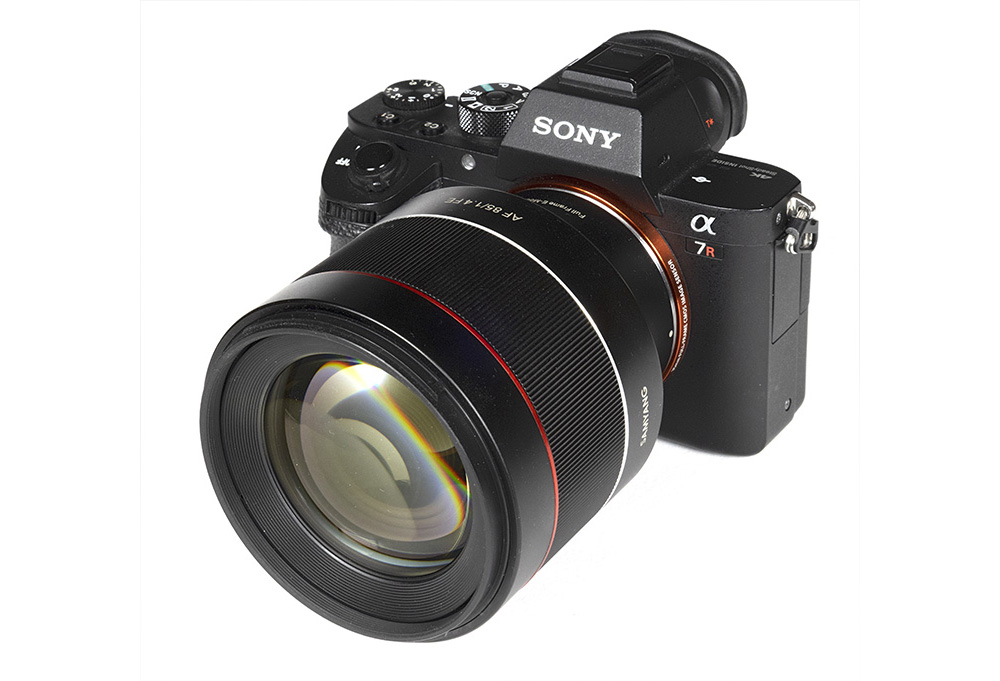by Klaus Schroiff, published August 2021
Introduction
Driven by their recent flood of AF lenses, Samyang has been rushing into the mainstream of third-party lens manufacturers. One of their first AF lenses was the AF 85mm f/1.4 EF back in mid-2018 but with the tide turning towards mirrorless cameras, they released the Samyang AF 85mm f/1.4 FE one year later. While you may guess that the latter is just a mount-adapted version, it is in fact a completely new design. Relative to the specs, the pricing is pretty hot at around 550USD/EUR. Compare this to OEM lenses with similar on-paper specs. So where’s the catch? We’ll see …
The lens feels surprisingly sturdy with a lens body made of metal. The blank portions have a satin-like finish to them. It’s a bit slippery and probably not everybody’s darling – but that’s mostly a matter of taste. Samyang implemented 3 gaskets for weather sealing. This isn’t quite as extensive as on some other lenses but it’s reassuring nonetheless. The physical length remains the same across the focus range thanks to an internal focusing system. The broad, metal focus ring operates smoothly. There is no AF/MF switch on the lens so you have to control the focus mode on your camera. A deep petal-shaped hood is provided.

The Samyang AF 85mm f/1.4 FE uses a DLSM or “Dual Linear (Ultra-)Sonic Motor” for auto-focusing. The focus actions are near-silent but the AF speed is a bit on the slow side. Sony’s DMF (Direct Manual Focus) is supported – using the usual “focus-by-wire” system. Switching to manual focusing has to be done on the camera as well. An image stabilizer has not been implemented but you can, of course, use the in-camera IS (if available). The lens is compatible with Samyang’s “Lens Station” which can be used for fine-tuning the AF and firmware updates.
| Specifications | |
|---|---|
| Optical construction | 11 elements in 8 groups incl 4xHR & 1x ED elements |
| Number of aperture blades | 9 (rounded) |
| min. focus distance | 0.90m (max. object magnification 1:9) |
| Dimensions | 88×99.5mm |
| Weight | 568g |
| Filter size | 77mm |
| Hood | petal-shaped (bayonet mount, supplied) |
| Other features | weather sealing |
| Mount | Sony FE |
Distortion
The Samyang AF 85mm f/1.4 FE produces a minimal pincushion distortion of ~0.2% in RAW mode. With active image auto-correction, the remaining traces are gone.
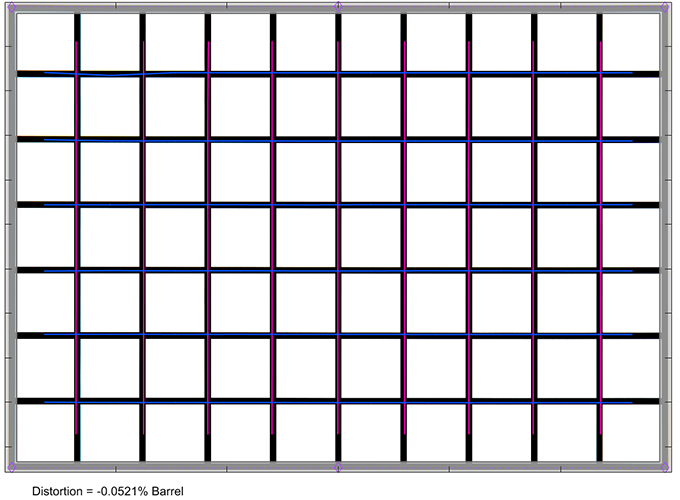
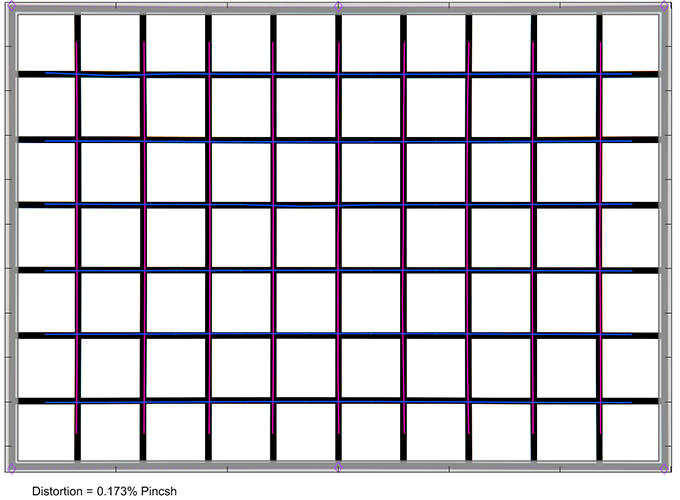
Vignetting
Ultra-fast lenses tend to have a very high vignetting at large-aperture settings and this also applies to the Samyang lens. At f/1.4, the 2.8 EV (f-stops) light falloff is very visible in RAW files. The issue is greatly reduced at f/2 and decent from f/2.8 onward.
This is little to worry about with image auto-correction, of course (other than increased corner noise). In this case, the vignetting is already moderate (0.8EV) at a fully-open aperture and a non-issue beyond.

MTF (resolution)
Ultra-large aperture Samyang lenses tend to follow a certain pattern. The resolution is somewhat mediocre at maximum aperture but superb at medium aperture settings. This also applies to the AF 85mm f/1.4 FE. At f/1.4, the center quality is high but lacks biting qualities. The outer image field is fairly unexciting with rather weak corners. The contrast level is also reduced. Stopping down to f/2 boosts the resolution quite a bit already with an excellent broader center and a pretty good outer image field. The peak performance is reached between f/4 and f/5.6. The center quality is great here and the borders/corners are easily very good. As usual, diffraction is a limiting factor at f/8 and f/11 although that’s mostly in the center whereas the border quality remains very high. f/16 (not shown) should be avoided if possible.
The field curvature is low. The centering quality of the tested sample was Ok with more noticeable variations at f/1.4.
Please note that the MTF results are not directly comparable across the different systems!
Below is a simplified summary of the formal findings. The chart shows line widths per picture height (LW/PH) which can be taken as a measure for sharpness. If you want to know more about the MTF50 figures you may check out the corresponding Imatest Explanations.

Chromatic Aberrations (CAs)
Lateral CAs are on a low level with an average CA pixel width between 0.5-0.6px at the image borders. This is pretty negligible.

Bokeh
If you invest in an f/1.4 lens, you tend to do it for shallow depth-of-field photography and the quality of the bokeh is important – maybe even more so than sheer sharpness. The Samyang / Rokinon AF 85mm f/1.4 FE has some strengths and weaknesses here.
Out-of-focus highlights are nicely rendered in the image center. They are “feathered” thus creamy at the edges and the inner disc is very clean. Unfortunately, traces of a more edgy aperture are already showing up at f/2, and more so at f/2.8.

The circular shape is also only maintained in a fairly narrow zone in the image center (at f/1.4). The shape deteriorates rapidly with rather pronounced “cat eyes” in the corners. Stopping down broadens the “good” zone in the center whereas the corner rendering isn’t ideal. The corner highlights are more pleasing at f/2.8 but still not perfect (besides the general edginess).
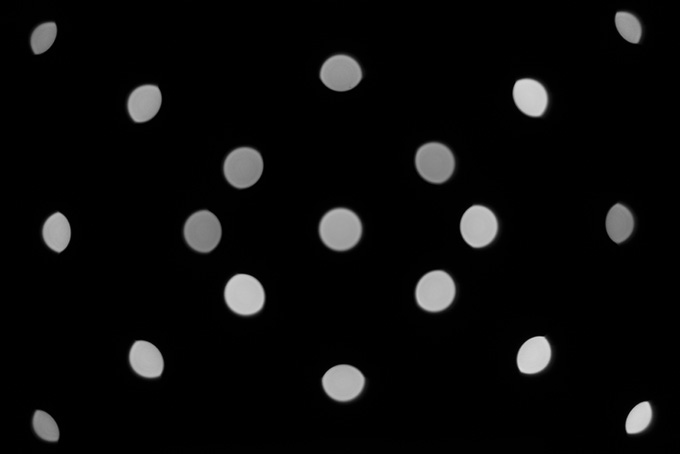
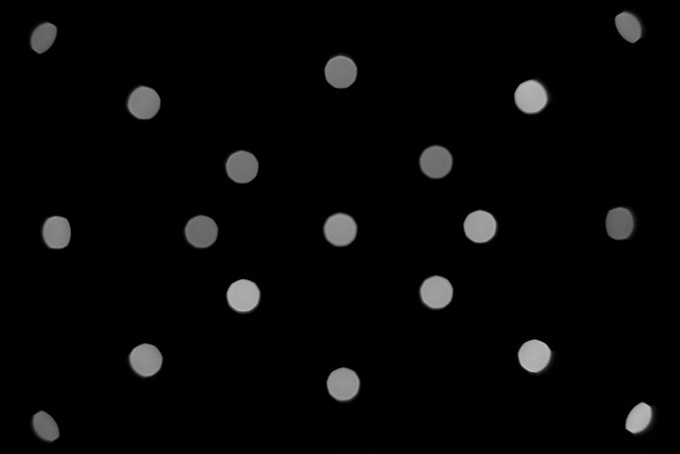
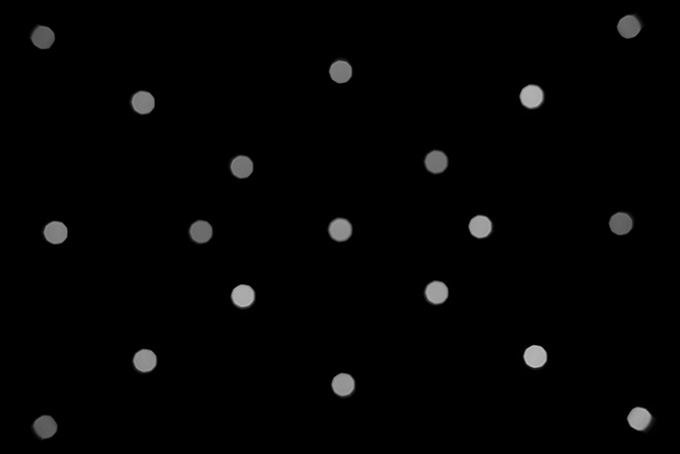
The quality of the general blur is smooth in the image background (shown to the left below). The foreground is just slightly worse but still pretty good.

Bokeh Fringing / LoCA
Boheh fringing (sometimes referred to as LoCA) is an axial color fringing effect with purplish halos in front of the focus point and greenish beyond. The Samyang AF 85mm f/1.4 FE produces very pronounced fringing at large-aperture settings and still very visible at f/2.8. This isn’t surprising for such an affordable lens.
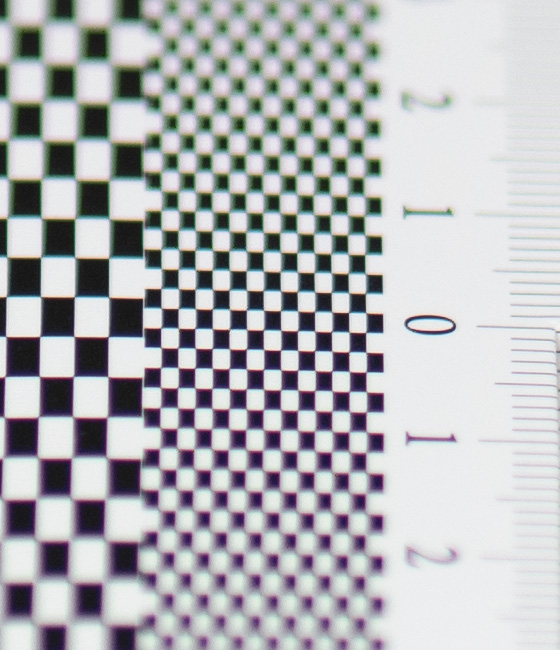
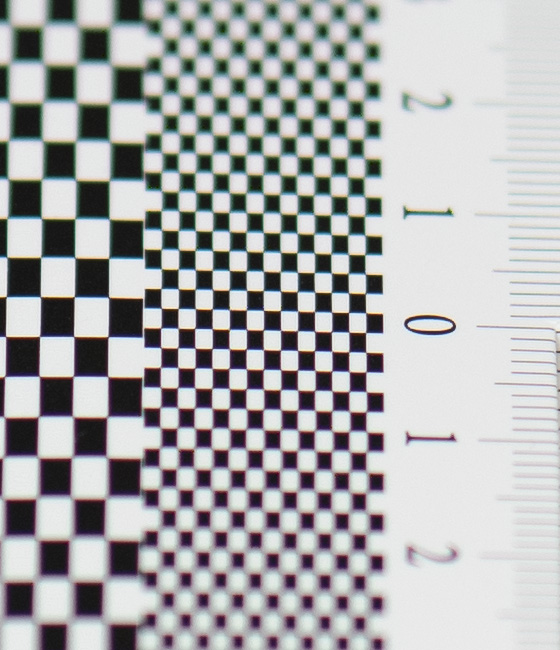

Sample Images
Competition
There are currently three 85mm f/1.4 AF lenses available in E-mount, the Samyang AF 85mm f/1.4 FE (to the left below), the Sony 85mm f/1.4 GM (center), and the Sigma 85mm f/1.4 DG DN (right) – and they all reside in their very own pricing slot with roughly a 500USD/EUR distance between the Samyang and the Sigma, and the Sigma and the Sony. This is already making clear that the Samyang lens is the value king here. If photography is just a hobby for you, the Sony GM lens is “a bit” over the top. It may have a certain edge here and there – specifically regarding toughness – but spending an extra grand for this requires quite some enthusiasm … or the ability to tax-deduct the costs. We haven’t tested the Sigma lens yet – but we have little doubt that it is better than the Samyang, and it has certainly better sample consistency and after-purchase service. Still, it’s much more expensive.

Visual comparison courtesy of camerasize.com.
The Samyang AF 85mm f/1.4 FE has been substantially improved compared to the older DSLR variant. The resolution is still not impressive at f/1.4 but fit-for-purpose if you intend to use it for portraits. You just may not want ultra-sharp results in this case. However, if needed the Samyang can give you that when stopping down a bit. The quality is already very high at f/2 and downright great at medium aperture settings. Image distortions are a non-issue even in RAW files. Typical for such lenses, the vignetting is a bit on the high side at f/1.4 but most users will probably rely on auto-correction which reduces the light falloff to an acceptable level. From f/2 there isn't anything to worry about here. Lateral CAs are low. The same can't be said about axial CAs (LoCAs) which can be very pronounced in certain scenes. Axial CAs are very difficult to remove in post-processing. The quality of the bokeh is pretty good overall. The general quality of the out-of-focus blur is pretty silky, especially in the critical background. Out-of-focus highlights are very nicely rendered in the image center but the circular shape is falling apart rather rapidly beyond.
In terms of build quality, it is the best Samyang lens that we tested to date - the metal body feels very sturdy and Samyang implemented some degree of weather sealing. An internal focusing mechanism is also maintaining a constant lenght throughout the focus range. The AF is not the fastest around though. It has to shift quite some weight due to the heavy glass elements but there's room for improvement here. The rather noisy aperture mechanism isn't ideal either.
The few weaknesses have to be balanced with the price tag of the lens and the Samyang AF 85mm f/1.4 FE is hard to beat in this respect - a true value king.
-
Optical Quality
-
Build Quality
-
Price / Performance


